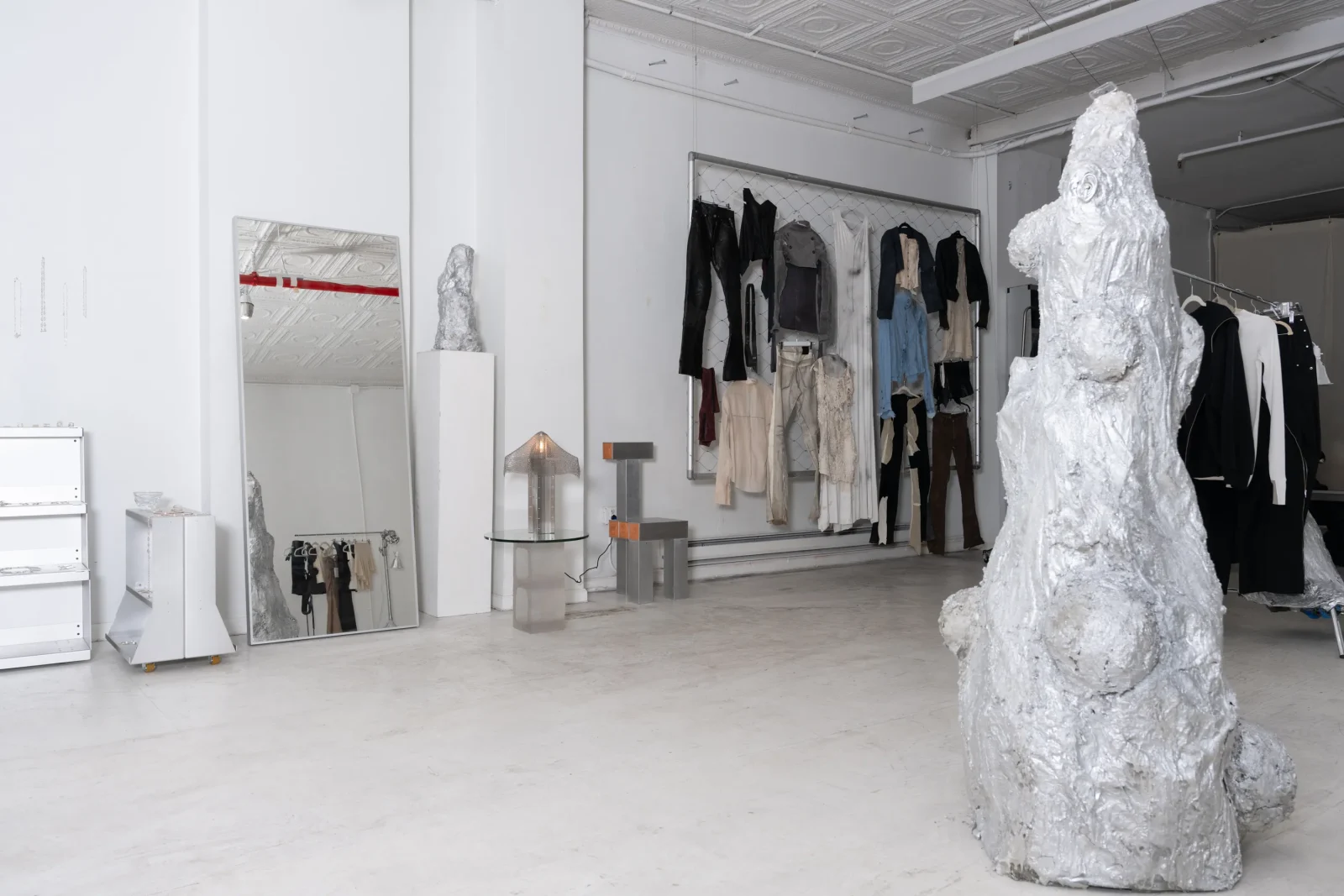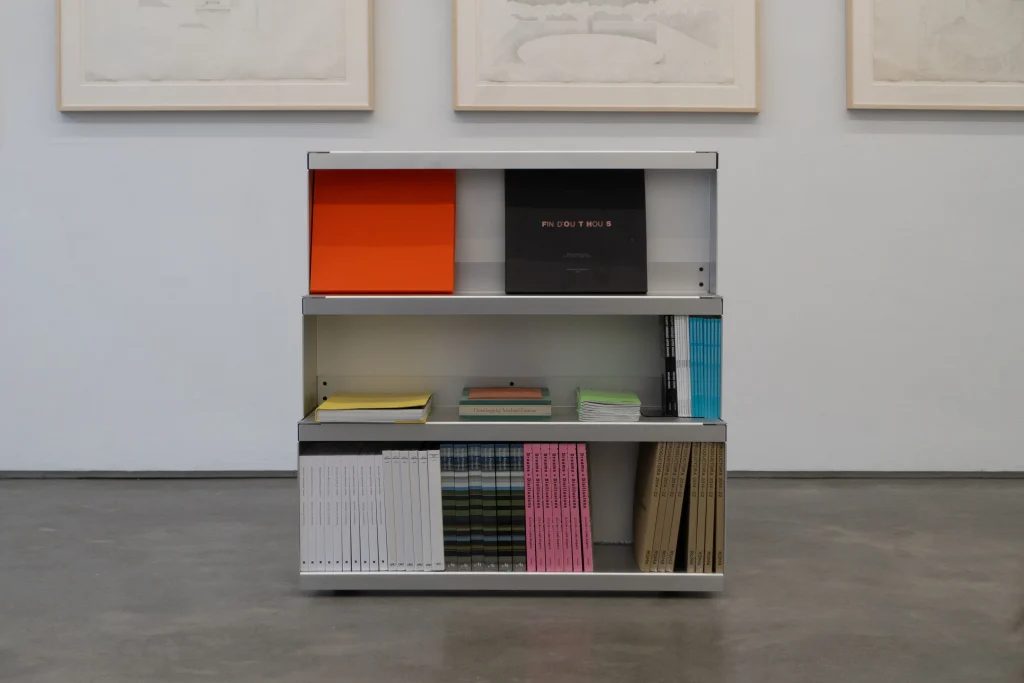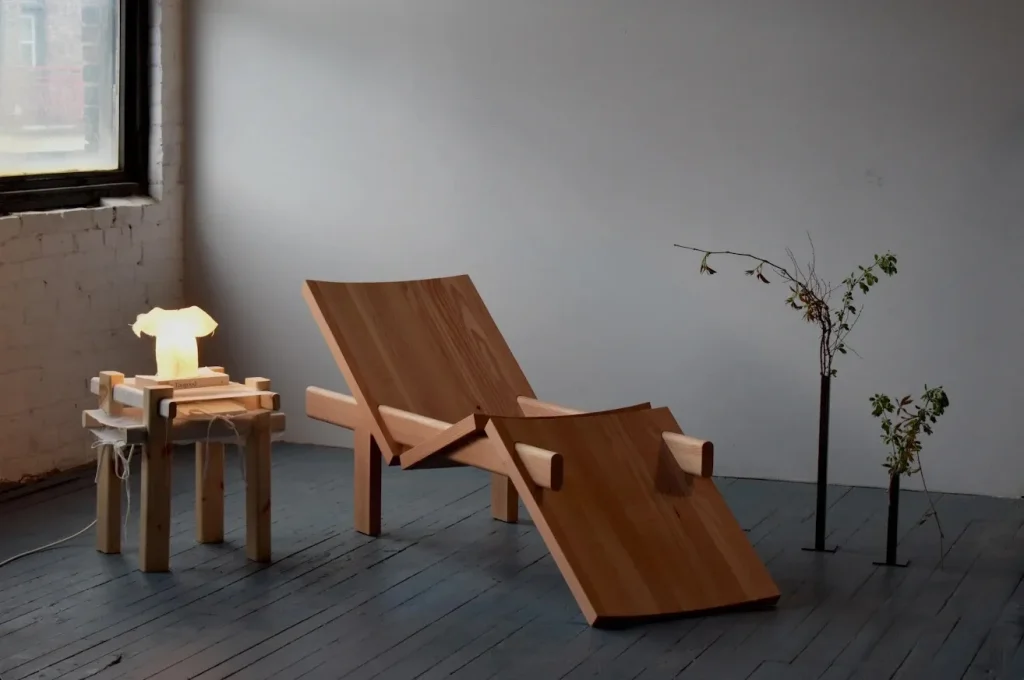
Plastic, Reimagined: Atelier Sohn’s B.S.P. “The Original” Chair Debuts at 3daysofdesign
The genesis of artistic vision often arises from unexpected encounters with overlooked materials. Within Samsung Electronics’ design laboratories, operations adhered to corporate logic—efficiency metrics, production quotas, and waste minimization protocols. Amidst this environment of calculated precision, CNC machines carved predetermined forms from industrial plastics, leaving kaleidoscopic debris scattered across the workshop floors. It was here that the B.S.P. Series took shape. Designer Donghoon Sohn of Atelier Sohn, then navigating corporate hierarchies as part of Samsung’s advanced design team, witnessed what most dismissed as inevitable byproduct. “These scraps were usually considered waste—too small to recycle effectively” Sohn reflects, “but I began to see them differently: not as unusable leftovers, but as potential craft materials.”
This foundational shift in perception launched what would become the B.S.P. Series, now debuting as “The Original” chair at 3daysofdesign’s Persona exhibition. The work represents something more complex than sustainable design or material innovation—it functions as psychological investigation into how value systems transform through aesthetic recontextualization.


Industrial Archaeology as Creative Methodology
Sohn’s journey from corporate designer to experimental practitioner mirrors broader tensions in contemporary design culture. His decade at Samsung offered technical mastery but also systematic constraints—environments focused on “cost efficiency” and “minimizing failure.” This industrial immersion planted the seeds for his material rebellion.
At École cantonale d’art de Lausanne (ECAL), Sohn questioned creative authenticity. Rather than adopting European design aesthetics, he began an archaeological excavation of his industrial experiences. His B.S.P. acronym (By-product, Solvent, Plastic) serves as a manifesto: waste becomes primary material, chemical dissolution enables reconstruction, and industrial plastic adopts a craft-based identity. This inversion of material hierarchies interrogates assumptions about value, authenticity, and cultural legitimacy in design discourse.
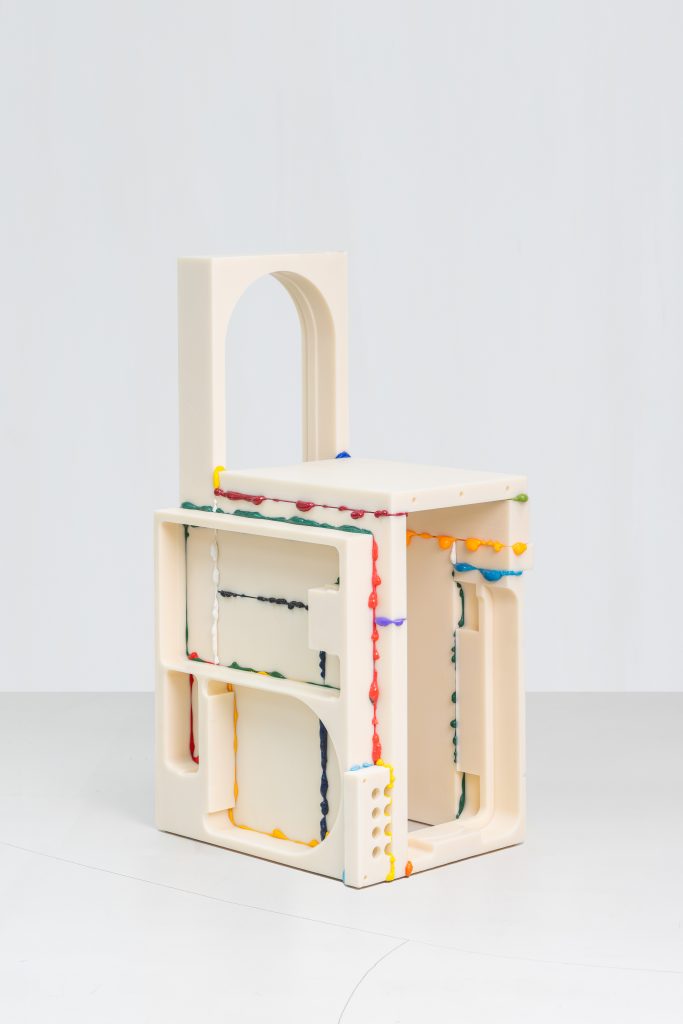







Accidental Discovery and Childhood Inspiration
The aesthetic vocabulary defining B.S.P. emerged through what Sohn describes as “accidental discovery.” While working on his earlier 100% series, melting plastic flakes, he spilled melted plastic on the floor and quickly wiped it up with a nearby piece of plastic. “The shape left behind reminded me of cheese stretching and sticking out. If I hadn’t spilled the material that day, the B.S.P. Series might never have come into being.”


This moment of apparent failure connected to deeper childhood memories and creative methodologies. “This idea was partly inspired by one of my old hobbies—building Gundam plastic models,” Sohn reveals. “I saw a strong similarity between the discarded machining parts and the plastic frames that Gundam parts come attached to—large remnants that are usually thrown away.” His practice of completing Gundam models and then repurposing the discarded frames established an early creative framework for seeing potential in industrial leftovers. This childhood methodology of systematic collection, assembly, and creative repurposing would prove foundational to his mature artistic practice, demonstrating how formative creative experiences often resurface as sophisticated design philosophy.








Material Psychology and Memory
Sohn’s collection process reveals material intimacy. Working with prototype factories—the same ones from his Samsung days—he sorts factory discards by color and condition, preserving machining marks as historical traces. Each piece takes four weeks from collection to completion, challenging assumptions about industrial efficiency while establishing craft-based temporalities.
“I preserve traces of the machining process, which I see as part of the material’s story,” Sohn says. This archaeological approach creates objects that function as both furniture and cultural artifacts, embedding industrial memory in domestic space. The resulting chairs generate unexpected sensory experiences. Visitors expecting rigid plastic encounter organic curves and cheese-like textures, creating cognitive dissonance that opens psychological space for reconsidering categorical boundaries. The glossy, almost edible appearance creates a “visual surprise” that encourages interaction.


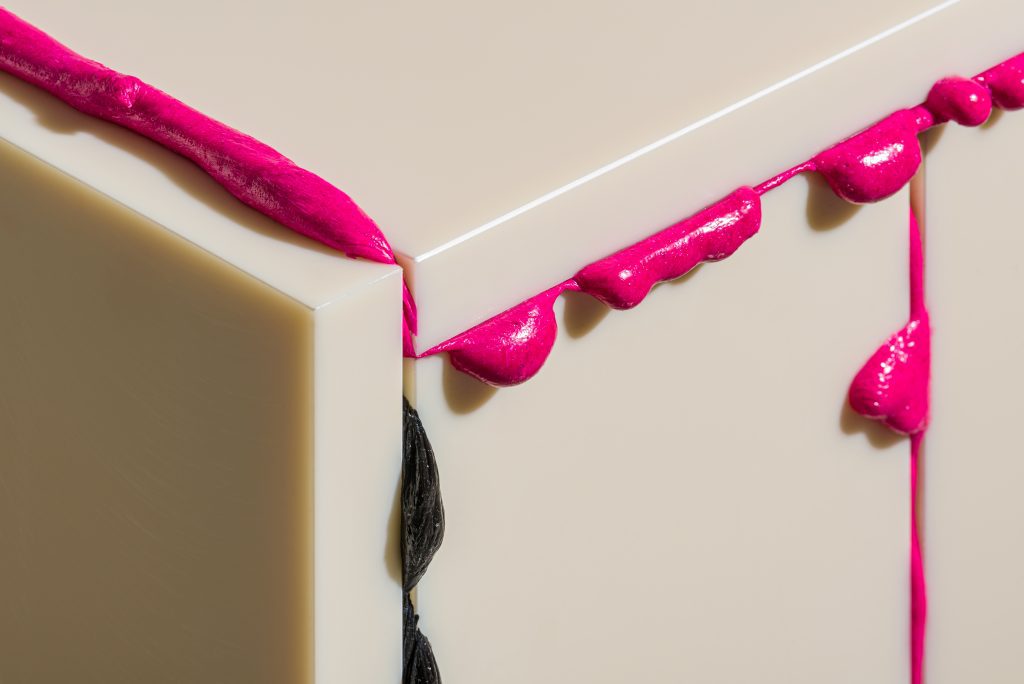





Persona Psychology and Identity Performance
At Persona’s “Eccentric” room, B.S.P. “The Original” resides as a design that “rejects conventional ideas of material and form.” This placement reflects the work’s psychological complexity while exploring identity fluidity. Sohn describes his creation anthropomorphically: “The B.S.P. Series is like a joyful rebel against convention—unexpectedly charming and a relentless prankster. Shy in the corner, but revealing hidden charisma on stage.”
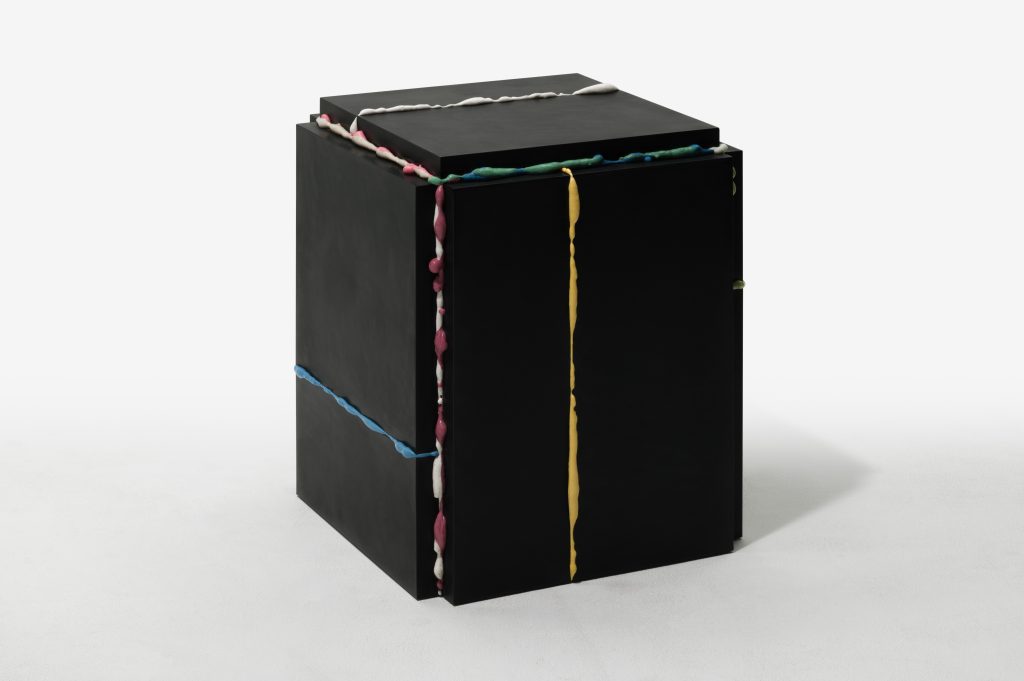

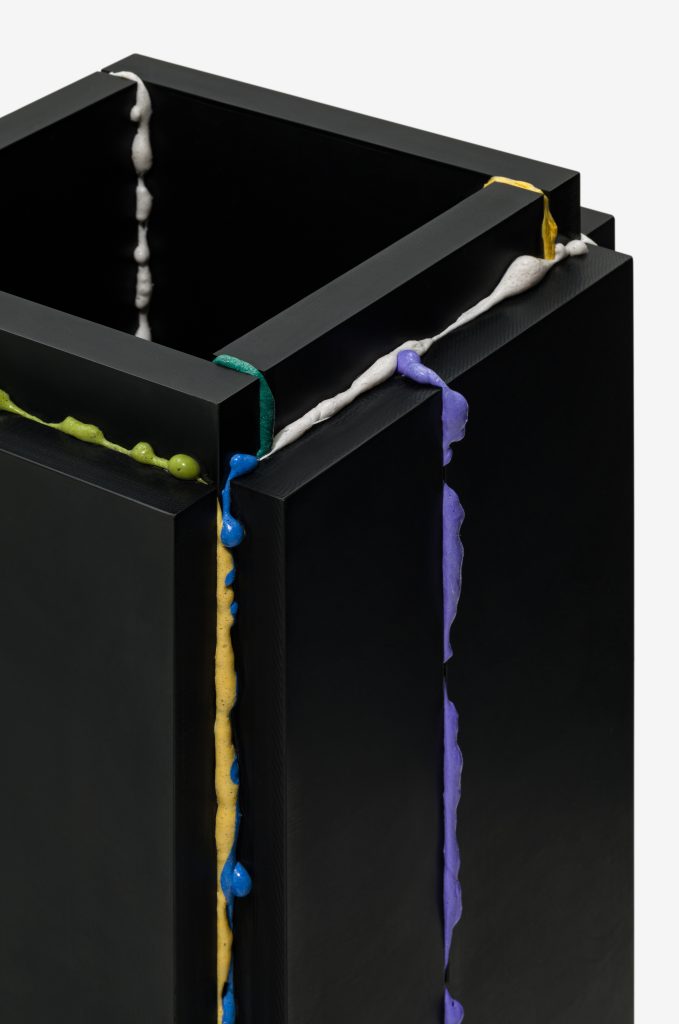

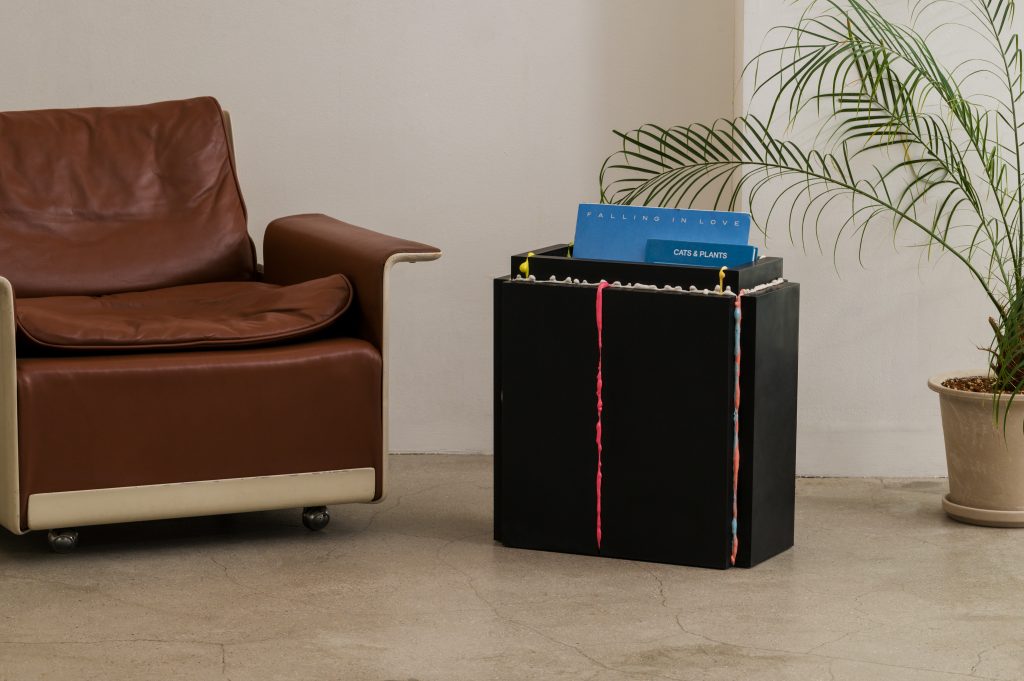

Sustainability Politics and Aesthetic Honesty
Contemporary design culture often employs sustainability rhetoric as moral positioning—what Sohn dismisses as “messaging to make people feel guilty.” His practice adopts alternative ethical framework: aesthetic attraction as foundation for behavioral change rather than environmental guilt as motivational force. “The plastic has already been produced, and it’s already in circulation or discarded,” he observes with characteristic pragmatism. “What I aim to do is give that material a second life—especially through the lens of collectible or limited-edition design, where value and longevity can be reimagined.”
During a 2021 exhibition at Design Miami, a collector’s reaction perfectly aligned with Sohn’s intentions. “He was amazed to learn that the piece was made of plastic. He said what stood out to my work was that the work didn’t rely on sustainability messaging to make people feel guilty or persuaded. Instead, it was attractive and valuable on its own—because it was aesthetically compelling.”
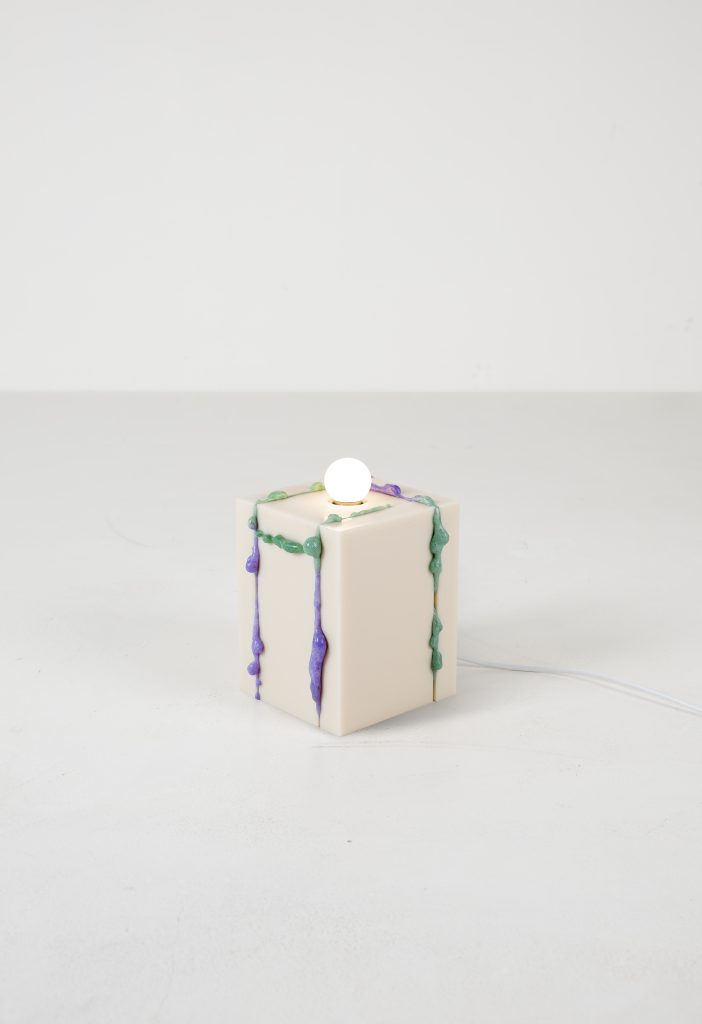

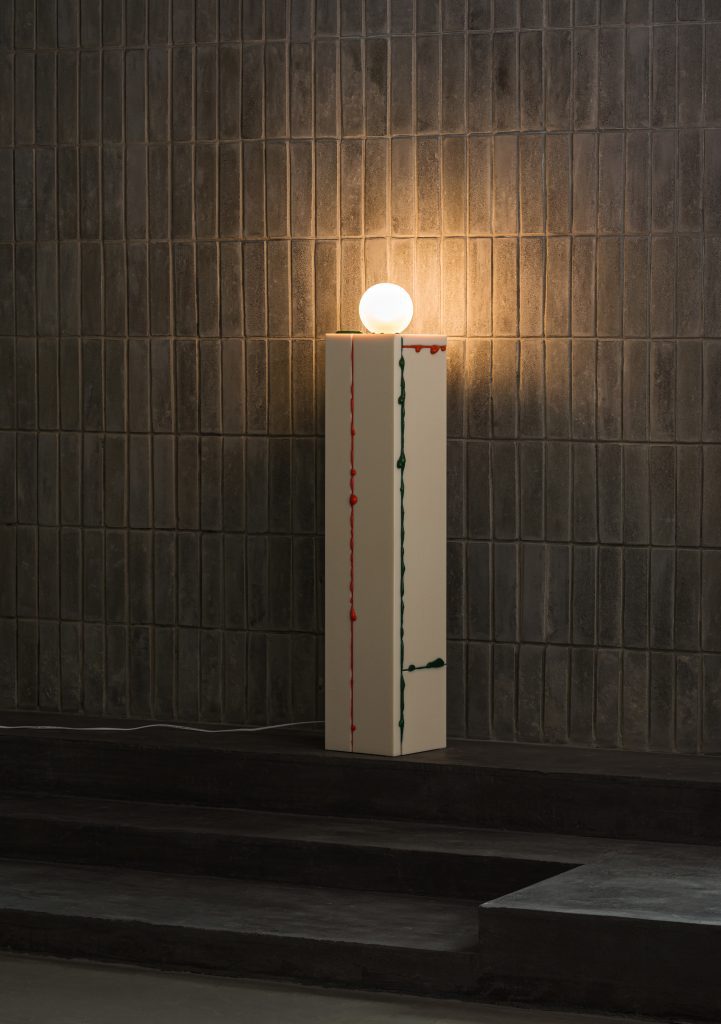

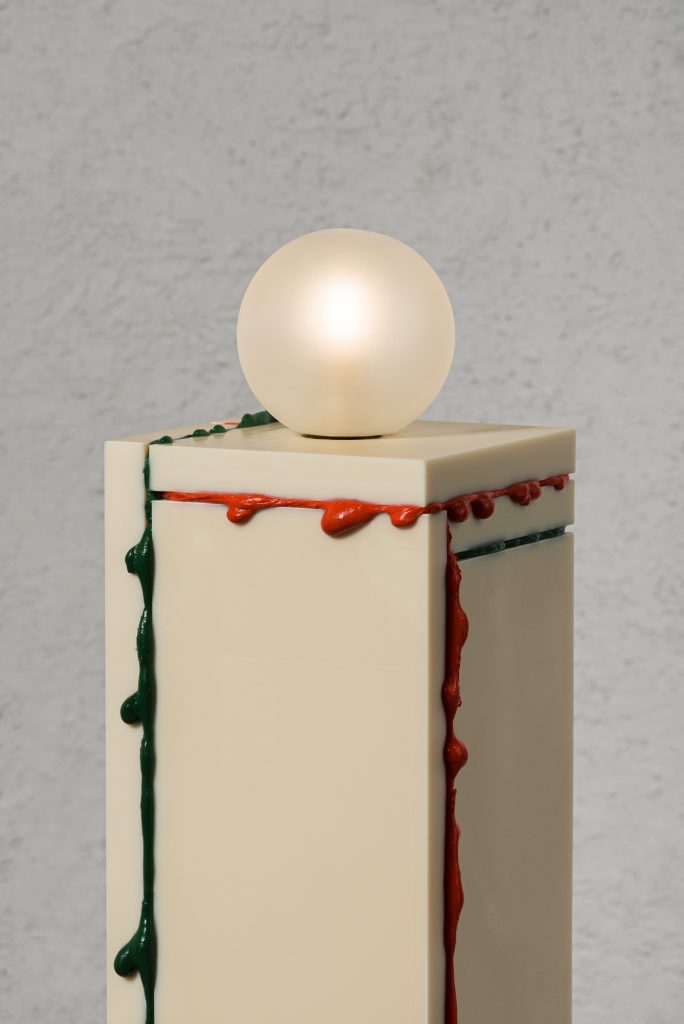

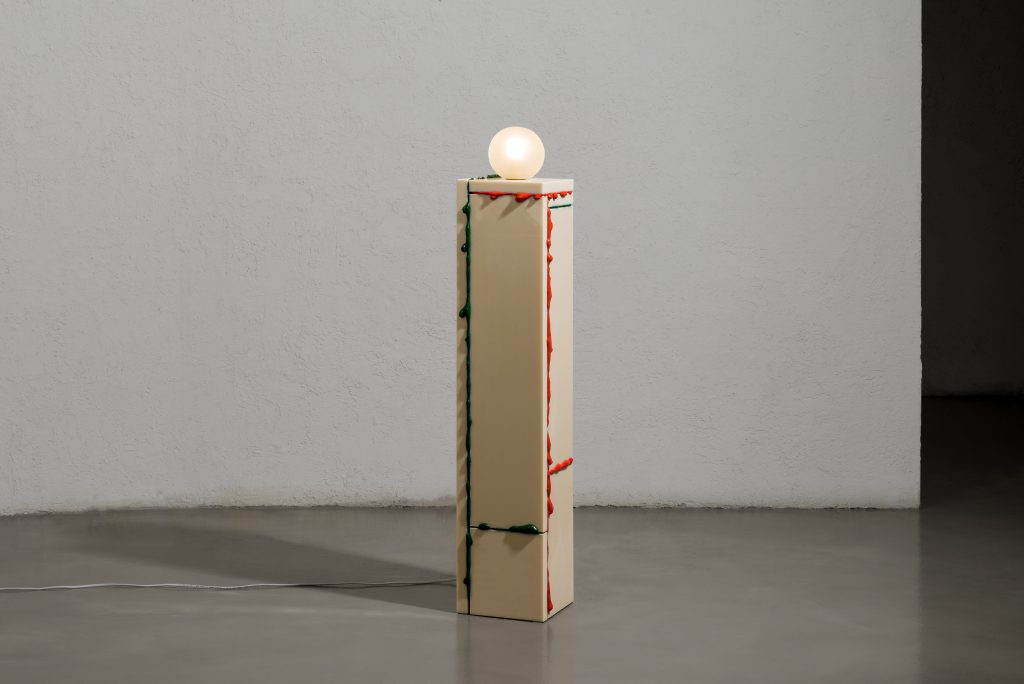

Cultural Revolution Through Material Practice
The broader implications of Sohn’s work extend beyond furniture design. He envisions expanding B.S.P. aesthetics “beyond furniture, perhaps into other objects like jewelry or bags.” This cross-disciplinary ambition reflects contemporary design culture’s boundary dissolution, where material research generates multiple application possibilities.
His concluding reflection captures the work’s multifaceted cultural resonance: “I hope visitors discover new aesthetic possibilities in a material as familiar as plastic. More than that, I want the work to bring a moment of curiosity or even a nerdy laugh into their everyday life. If it sparks both thought and a smile, then I think it’s done its job.”
Such modest ambitions contain radical implications. By generating aesthetic pleasure from discarded materials, Sohn’s practice suggests alternative value systems based on creative transformation rather than conventional consumption patterns. The B.S.P. Series ultimately functions as cultural mirror, reflecting our collective relationships with waste, value, and creative potential—inviting us to reconsider not just plastic’s potential, but our own capacity for transformation through sustained attention to overlooked possibilities.


Atelier Sohn will be featured in the Persona exhibition during 3daysofdesign, exploring how collectible design can serve as a mirror for the self through a vivid, multisensory journey of psychological archetypes.
